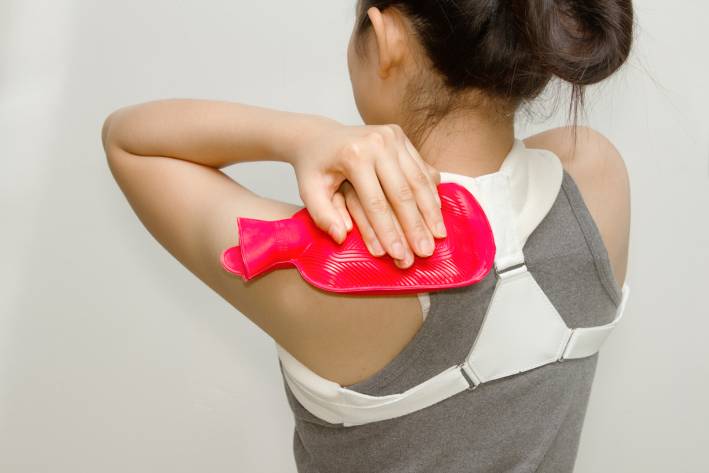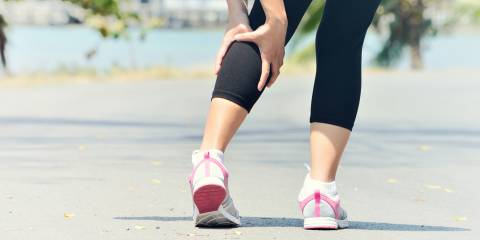Background
When muscles don’t have enough energy, they get locked in the shortened position. After awhile, they hurt.
Causes
When the muscle pain is in just 1 or 2 areas, it suggests that there is a structural/ergonomic component.
This can be because of reasons such as:
- one leg is shorter than the other
- you are carrying a 20 pound purse on your shoulder
- epetitive stress injury (as is now being seen with the Wii video games)
It is worth looking for these. For example, you might need a wrist support on your computer, or an arm rest on your chair at a height where your wrists and elbows are resting on them.
Treatment
-
Treat with S.H.I.N.E.
When you have frequent muscle pain, or even a localized area where it just won’t go away, treating the underlying factors that control energy production can help the muscles finally release.
This means treating with what I call the S.H.I.N.E. Protocol.
The letters in S.H.I.N.E. stand for:
- Sleep
- Hormonal deficiencies
- Infections
- Nutritional supplementation
- Exercise as able
-
Recommended Supplements
-
BCM-95 Curcumin, Boswellia, DLPA and Nattokinase
A special mix of BCM-95 Curcumin, Boswellia, DLPA and nattokinase has been a pain relief miracle—even for many whose pain has lasted decades.
Called Curamin (by EuroPharma) take 1-2 caps 3x day (use the higher dose for severe pains, such as fibromyalgia) till pain resolves.
-
Willow Bark & Boswellia
This herbal pain mix is especially helpful for arthritis and back pain.
For acute pain, you can take 2 tabs of herbal mix, and the pain will often quickly go away. For chronic pain, can use either of the above, or both together.
The effect may begin quickly. It builds over a week, and maximizes at 6 weeks. The the dose can often then be lowered to 1-2 a day or as needed.
It's like putting out a fire. Once the pain settles, you may no longer need the natural treatments or may only take them "as needed" — with a lower dose doing the job.
-
-
Other Therapies & Advice
-
Releasing Tight Muscles
There are many ways to stretch your muscles, which releases them — and the pain. These include chiropractic, osteopathic manipulation, and a host of excellent types of massage and body work.
Acupuncture can also help. 70% of acupuncture points correspond to muscle trigger points (the belly of the muscle where it causes a painful knot). Put a needle in a trigger point and the muscle will release (though much more is also happening with acupuncture).
All of these can release the muscles, but if you don't treat the underlying low energy in the muscle, using S.H.I.N.E., and get rid of the structural stresses (such as carrying a 30 pound purse around, having uneven hip heights, or working in an "ergonomically incorrect" workplace), the muscles will go back to their shortened position.
-
Ice and Heat
In addition, ice acts as an anti-inflammatory and heat brings in healing blood flow. Either can be used for 20 minutes at a time (so you don't overheat or overcool the muscle) and if using both together, start with ice followed by heat.
Ice is best used in the first 36 hours after an injury. Heat can be used any time.
-
Soak with Epsom Salts
One especially helpful technique is to add 2 cups of Epsom salts to a tub of hot water and soak away. Epsom salts are made of magnesium, which will soak into your tissues with the heat, relaxing your muscles and loosening any tight joints.
Often, you can feel the pain flow right out as your muscles relax!
-
More Information Online
- The S.H.I.N.E. Protocol
- Pain Free 1-2-3 by Jacob Teitelbaum, M. D. (my book on pain management)
- Travell, Simons & Simons' Myofascial Pain and Dysfunction: The Trigger Point Manual (great for health practitioners working with muscle pain)





